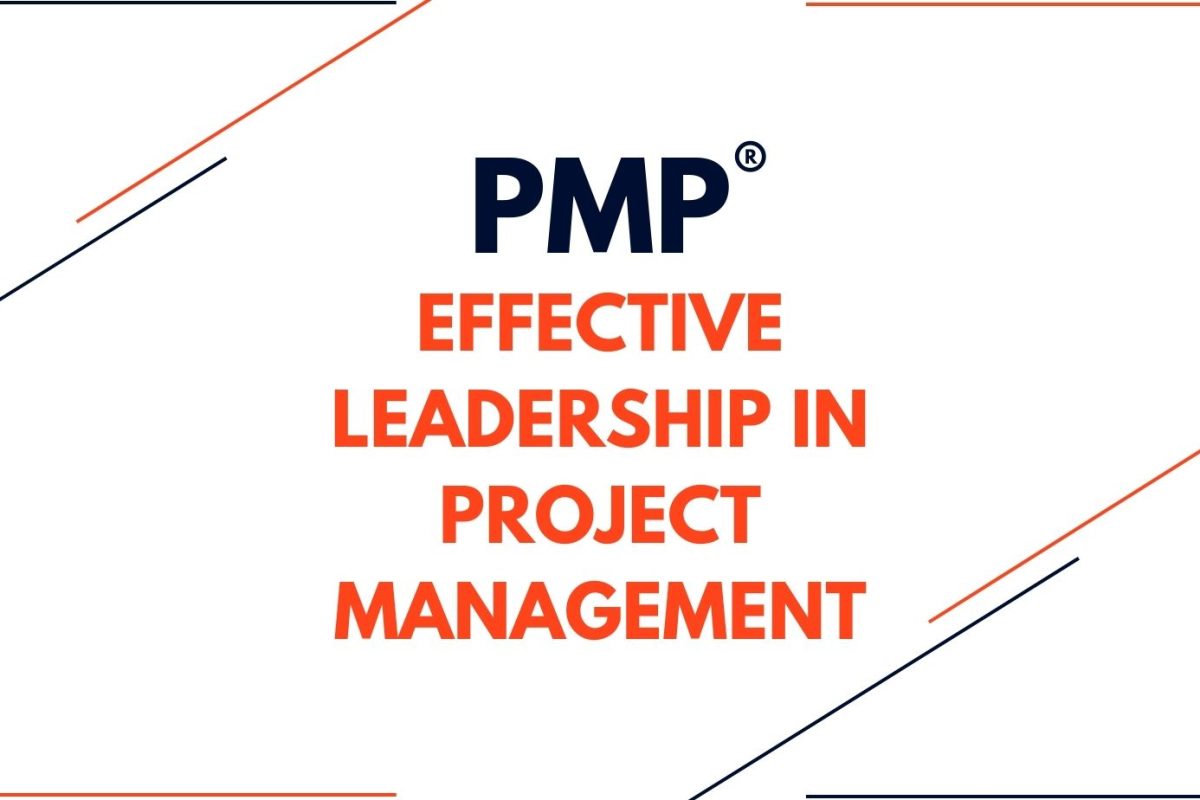Toxicology plays a pivotal role in safeguarding the health and well-being of individuals within occupational environments. Defined as the study of adverse effects caused by chemicals on living organisms, toxicology provides essential insights for safety professionals at every level. From ancient times to modern-day practices, the discipline of toxicology has evolved significantly, emphasizing the critical importance of understanding basic principles and concepts in workplace safety.
Historical Significance:
The roots of toxicology trace back to ancient civilizations, with early descriptions of toxic substances such as hemlock, opium, and toxic metals dating back to 1500 BC. Notably, Greek physician Dioscorides attempted to categorize poisons into plant, animal, and mineral categories. Over time, awareness of occupational exposures to toxic substances grew, with Paracelsus and Ramazzini documenting the adverse effects of lead and mercury on workers in various industries.
Fundamental Concepts:
A fundamental principle in toxicology is “The Dose Makes the Poison,” highlighting that any substance can be harmful if exposure exceeds safe levels. Key definitions include toxicity (degree of harm caused by a substance), hazard (potential for harm), and risk (quantitative measurement of hazard). Understanding terms like poison, xenobiotic, and dose-response theory forms the foundation of toxicological knowledge.
Routes of Entry:
Toxic substances can enter the body through various routes, including inhalation, ingestion, absorption, and percutaneous and intravenous injections. Each route presents unique challenges and implications for workplace safety, necessitating comprehensive risk assessments and preventive measures.
Dose-Response Relationship:
The dose-response relationship illustrates the correlation between exposure levels and the resulting effect on organisms. As exposure increases, so does the response, highlighting the importance of controlling exposure levels to mitigate adverse effects.
Chemical Combinations and Effects:
In occupational settings, exposure to chemical combinations is common, leading to additive, antagonistic, synergistic, or potentiating effects. Understanding these interactions is crucial for assessing risks and implementing effective control measures.
Types of Poisons:
Occupational diseases and disorders caused by toxic agents vary widely, ranging from asbestos-related illnesses to benzene-related disorders. Each substance poses unique health risks, emphasizing the need for proactive monitoring and management strategies in the workplace.
Advanced Testing Methods:
Modern techniques such as Ames testing and cohort studies provide valuable insights into the mutagenic properties of chemicals and the long-term health effects on exposed populations. These methods contribute to evidence-based decision-making in occupational health and safety practices.
Conclusion:
Toxicology serves as a cornerstone in occupational health and safety, guiding professionals in identifying, assessing, and mitigating risks associated with chemical exposures in the workplace. By embracing fundamental principles and leveraging advanced testing methods, organizations can create safer and healthier work environments for employees.
By incorporating toxicological knowledge into safety protocols, businesses can uphold their commitment to employee well-being while fostering a culture of proactive risk management.




